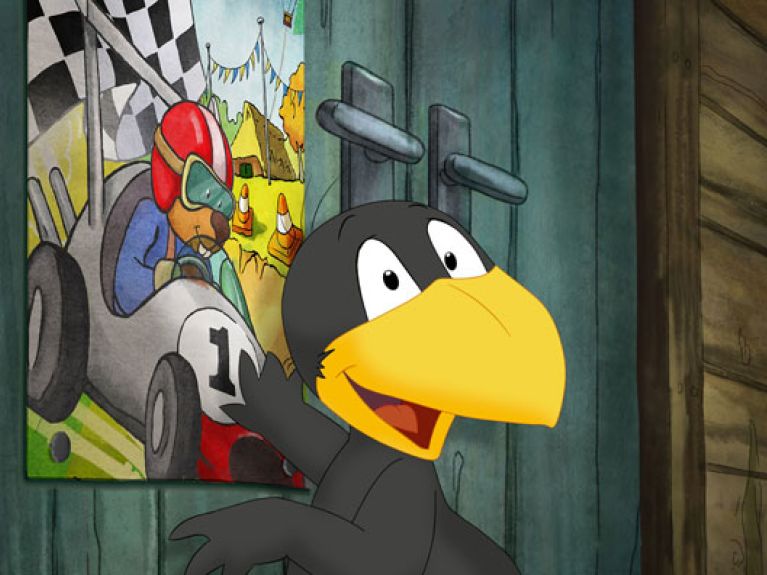“More than films for children”
Animation artists do not have an easy time in the German film business. A short interview with Annegret Richter, Director of Arbeitsgemeinschaft Animationsfilm.


Ms Richter, is there such a thing as a German animated film tradition?
Definitely. German animated film has a long history: roughly 100 years ago, the artist Lotte Reiniger created animated films using cut paper silhouettes. She made The Adventures of Prince Achmed, the first German feature-length animated film, which appeared in cinemas in 1928. During the 1920s and 1930s a lot happened in the experimental field, and German animation was very advanced. Following the division of Germany, two different traditions of animated film developed. The East German variant, above all puppet animation, won great renown. However, DEFA-Trickfilmstudio, the studio that played the leading role in this area, no longer exists, and the filmmakers who learned their craft there have been almost unable to pass on their knowledge. Much has been lost.
How is German animated film doing today?
The situation is difficult. Among other things, this is due to the funding structure and the fact that there are hardly any transmission opportunities for animated films. Instead there are lots of purchases of licences from America, Asia and Australia. Cost factors play no small part in that, because animation is expensive. But alongside the commercial sector there is also the artistic field. Festivals show many animated films that have philosophical, artistic or socio-critical aspirations. However, they are made by people for whom it is an affair of the heart. You cannot make a living from it.
“The Present” is a thesis short from the Institute of Animation, Visual Effects and Digital Postproduction at the Filmakademie Baden-Wuerttemberg in Ludwigsburg, Germany. Animated by Jacob Frey. Subtitles are available.
People mainly associate animation with children’s films. Is that a false perception?
That idea is certainly embedded in the minds of audiences and sponsors, but it falls short. Animation is much more than films for children and definitely also something for adults. A lot of animated family entertainment is successful in the United States; you only have to think of the Simpsons. Similar things have been attempted in Germany, but unfortunately they were often poorly financed and failed.
Are there any major trends in German animated film?
German animation is very haptic; a lot of the work is done with the hands: stop-motion and clay animation are popular with filmmakers. I find that exciting, because it differentiates animated art from Germany from the work of other European countries. In Germany there is also a lot of hand-drawn work. That is because many filmmakers studied at art colleges.

